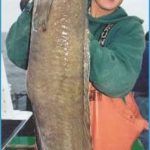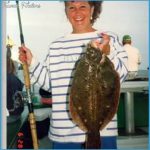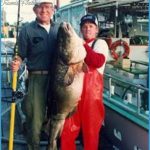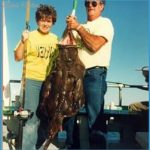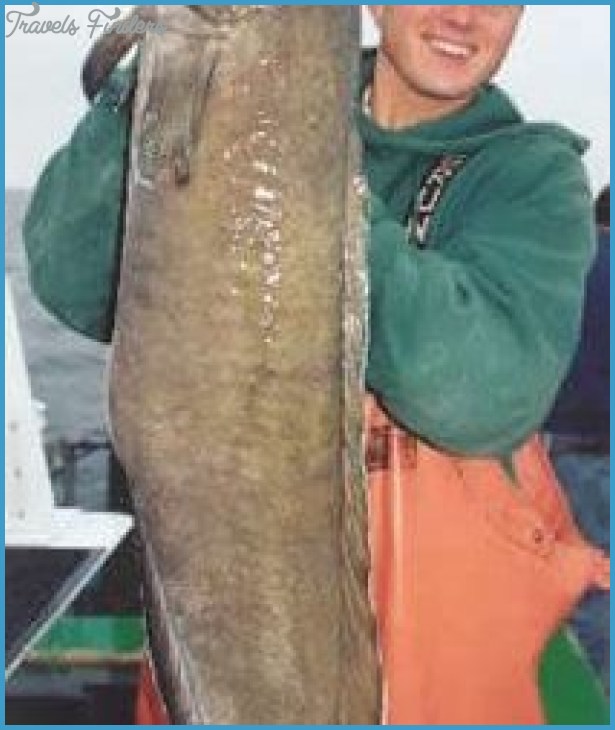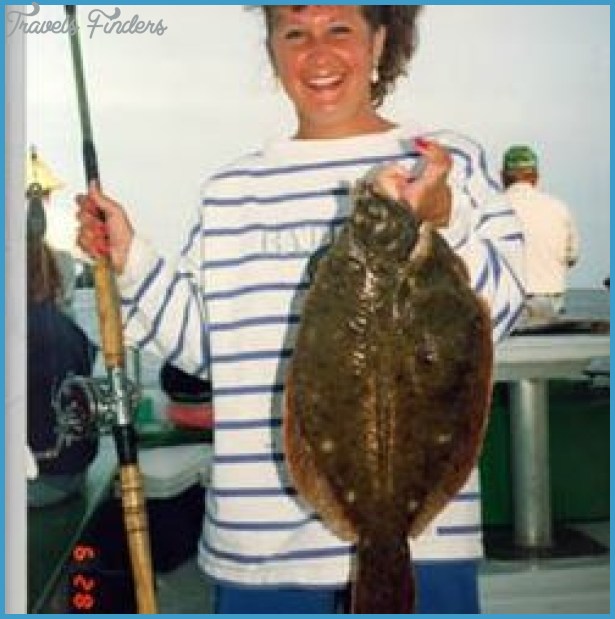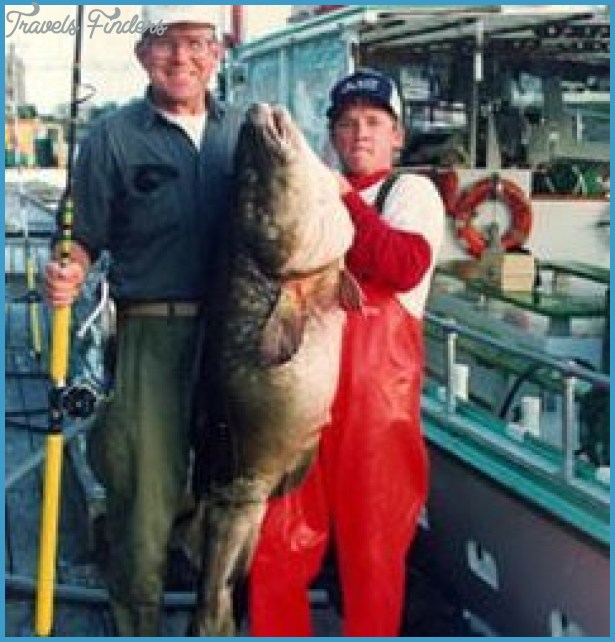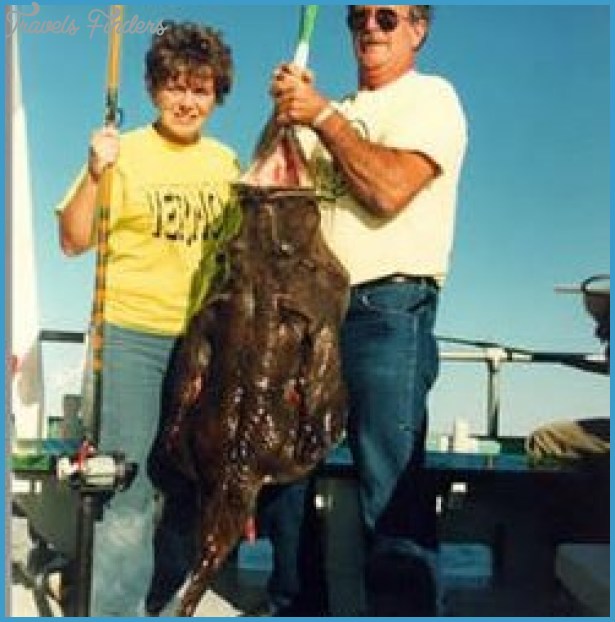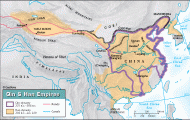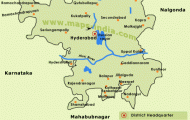Bluefish, Pomatomus salatrix, sometimes invade the Maine coast in vast numbers, with individual specimens occasionally reaching the Canadian Maritimes, the extreme northern range for the species. The bluefish run usually begins in mid-July in southern Maine and may not reach eastern Maine until sometime in August. In an average year, Penobscot Bay is the northernmost point for large schools of bluefish, although individuals often turn up farther north and east. Bluefish are so popular in Maine that an annual bluefish tournament, the New England Bluefish Open, is held in Bath, with a variety of big-ticket prizes for the largest fish in varying categories and for taking a tagged bluefish.
Maine anglers seek bluefish with every conceivable kind of tackle, from fly gear to tarred handlines. It is not difficult to understand the bluefish’s popularity, since they fight like demons, will strike at anything, and are extremely flavorful when grilled.
Bluefish, like striped bass, are school fish. Individuals range in size from diminutive “snapper” blues weighing 2 to 5 pounds, to huge “chopper” blues, which can weigh up to 20 pounds.
While bluefish will attack anything that crosses their path (hands and feet of careless swimmers are subject to bluefish bites), their favorite prey in Maine is menhaden, an oily bait fish. Consequently, menhaden are a popular bait.
After boating a bluefish, be extremely careful when handling it. A bluefish will do everything in its power to lunge at you, and can inflict a serious wound. A live bluefish is a dangerous bluefish.
The newfound popularity of bluefish and striped bass has spurred a sizeable industry. Party boats take anglers out throughout the season. If you don’t own any tackle, you can usually rent rods and reels from the boat for a nominal fee. For a list of Maine party boats, write to the Maine Department of Marine Resources, Station 21, Augusta, ME 04333.
As of 1996, the possession limit on bluefish is 10 fish. It would be unwise to kill that many, however, since bluefish quickly lose their flavor when frozen. It is better to keep only what you can eat fresh and let the rest go to fight another day.
Techniques
Spin fishing – Spinning tackle is universally popular with bluefish anglers. Medium-weight tackle is adequate for casting from a boat, but for surf casting, heavier gear is recommended. Lines should be at least 12-pound test. A 3-foot steel leader is a must, because bluefish can literally “walk up the line” when they attack a bait or lure from behind.
Bluefish anglers must pay strict attention to drag settings. In order to set the hook, you must have a fairly heavy setting. Things quickly change after the fish is hooked. Bluefish make powerful, line-sizzling runs, so when you have your fish solidly hooked, turn your drag down a few clicks so your line does not break or the hook pull out. Be especially careful about drag settings when the fish is ready to be netted. A “whipped” bluefish will often summon up enough energy to make a last line-popping run. Adjust your drag as needed and you won’t lose a fish because of human error.
Just because bluefish are strong fighters does not mean you cannot land one on medium or even light tackle. It will take you longer but it can be done!
Anglers casting for bluefish from shore use large-sized Rebels and similar lures, as well as large poppers. When the big lures fail, bluefish will often respond to the fluttering action of a .25-ounce gold-and-orange spoon.
Anglers fishing from boats usually carry two spinning rods, one to troll with, and another at the ready in case a school of bluefish shows near the surface.
Trolling – Any rod can be used to troll for bluefish, although most anglers use spinning rods. The author is fond of using a 9-foot, 6-weight fly rod, and either a streamer or a small gold spoon. Even bluefish of 12 to 15 pounds will ultimately succumb to the steady pressure of the long rod.
Vertical jigging – Few anglers are aware of this deadly method. Use the heaviest diamond-type jig your tackle will bear. Drop your jig to the bottom and reel it in as quickly as you can. Keep repeating the process. A fast-retrieve spinning reel is perfect for this specialized type of angling.
Fly casting – Anglers with fly rods are fond of working schools of bluefish, either from a boat or from shore. Large streamers and poppers are effective. Fly-rodding for bluefish is one of angling’s greatest thrills, because of the terrific aerial displays. Flies are ideally suited to bluefish, since they are light and not easily thrown when the fish jumps.
Use at least a 9-foot rod, since you need the extra length in order to apply the most leverage you can. A 10-foot rod is even better. Leaders can be nothing more than level 12-pound test monofilament, but instead of a wire leader at the end, most anglers use a shock tippet of at least 50-pound test monofilament. A weight-forward, floating fly line will suit most purposes.
When schools of “snapper” bluefish come into the small coves and river mouths, fly fishers can find fast action. You can keep the school near if you occasionally drop some chum in the water. See the section on bait fishing for more about chum. Carry the largest landing net you can find and never try to land a bluefish by hand.
Some anglers keep a fly rod at the ready when trolling with spinning gear. If you get a bluefish on the spinning gear, it will often be accompanied by one or more others. All you need to do is net the fish taken on spinning gear and cast a fly to its companion.
Bait fishing – Any tackle can be used when bait fishing for bluefish, as long as a large hook and long, steel leader are at the terminal end. It is not necessary, but it does help to have a chum line. If you catch a number of menhaden, or even mackerel, cut them up into small bits and drop them overboard at regular intervals. If you are unable to find fresh fish for use as chum, buy several cans of inexpensive, oily cat food and ladle out a tablespoon at a time. This works best on a moving tide. Bluefish can be attracted to a chum line from considerable distances.
When bait fishing for bluefish, cut a menhaden or mackerel in half and hook it once. Extra weight is usually not needed. While your boat is drifting, lower the bait into the chum line and let line out so the bait floats freely with the tide. When enough line is out, the bait will come to the surface because of the pull of the current, so you will need to reel in and repeat the process. When a bluefish bites, strike as hard as you can and then strike again.
Best bets for Maine bluefish: Portland Shoreline, Site 3; Kennebec River, Bath, Site 16; and St. George River, Thomaston, Site 18.

